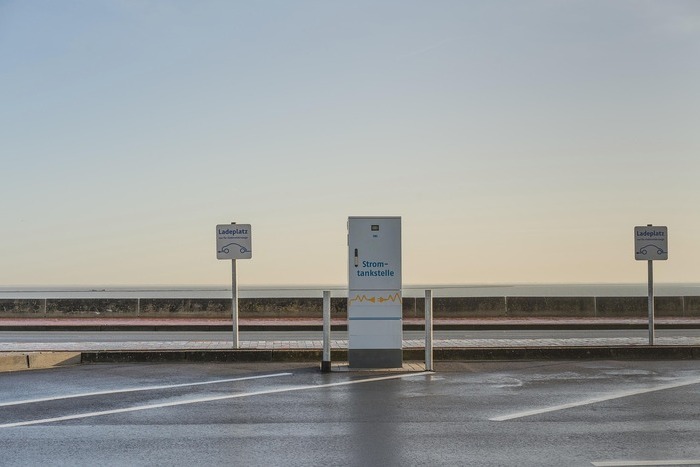India will need about 9 GW of charging capacity to meet e-truck demand, nearly five times Delhi’s power generation, according to the International Council on Clean Transportation (ICCT). Despite over 26,000 public chargers, the country has just one for every 235 EVs. The government’s new PM E-DRIVE scheme offers up to Rs 9.6 lakh per e-truck, tied to scrapping old diesel vehicles. ICCT identified Maharashtra, Uttar Pradesh, Rajasthan, Gujarat and Madhya Pradesh as priority hubs for charging infrastructure. The report urged coordinated grid planning and state-level roadmaps to meet India’s target of 100% zero-emission truck sales by 2050.
India risks repeat of power glut as renewable capacity races ahead of demand, warns CEA chief
India’s renewable energy expansion risks running ahead of demand, warned Central Electricity Authority chief Ghanshyam Prasad at the BloombergNEF Summit in Delhi. He cautioned developers against repeating the thermal overcapacity mistakes of the past decade, which left generators bankrupt. With 44 GW of renewable projects lacking supply agreements and curtailment already common, Prasad urged closer alignment between capacity growth, demand, and transmission readiness. He cited Khavda in Gujarat, where a 4,000 MW substation has only 300–500 MW connected. Industry leaders stressed that while generation grows fast, investment in transmission and distribution remains far behind—posing the sector’s biggest bottleneck.
Trump Targets Wind Energy with National Security Probe into Turbine Imports
The Trump administration opened a national security investigation into imports of wind turbines and their components, raising the prospect of higher tariffs on the sector. Announced in the Federal Register, the Section 232 probe will assess whether foreign supply chains, subsidies, or trade practices pose risks to US security, including potential “weaponisation” of imported parts. The move follows fresh steel and aluminum tariff hikes earlier this month that also hit wind equipment. Industry observers see the probe as another front in Trump’s escalating efforts to curb wind energy growth while reshaping US trade policy.
China’s Carbon Emissions Dip 1% in Early 2025, Study Finds
China’s carbon dioxide emissions fell 1% in the first half of 2025 compared to last year, driven largely by higher renewable power generation, according to a study by the Centre for Research on Energy and Clean Air (CREA) for Carbon Brief. Power sector emissions dropped 3%, as coal use fell, though gas consumption rose 6%. Emissions also declined in metals, cement, and steel due to China’s struggling property market. However, emissions from the chemicals sector continued to rise, with coal-to-chemicals output up 20%. This trend has already added 3% to China’s emissions since 2020, with further growth expected.
About The Author
You may also like
Non-Fossil Fuels Generates One-Third of India’s Electricity in 2025
India on track to achieve 2030 clean energy target
India to add 45GW solar capacity in FY 2026: Study
Government Proposes for ALMM Expansion for Solar Backward Integration
China’s renewable energy expansion can fuel global energy transition: Report

